A Culinary Journey to Remember
Introduction: Nigerian cuisine is a tapestry of bold flavors, aromatic spices, and cultural diversity. From the famous jollof rice to the succulent suya skewers and hearty bowls of egusi soup, Nigerian dishes are a celebration of rich culinary heritage. Join us on a culinary journey through the flavors of Nigeria as we explore the unique ingredients, cooking techniques, and cultural influences that make this cuisine so extraordinary.

- Jollof Rice: The Crown Jewel of Nigerian Cuisine Jollof rice holds a special place in the hearts of Nigerians and is considered the epitome of Nigerian cuisine. This vibrant one-pot dish, made with parboiled rice, tomatoes, peppers, and a medley of spices, boasts a perfect balance of flavors and a beautiful red hue. Served with succulent meats, fried plantains, and a side of coleslaw, jollof rice is a true celebration of communal dining and brings people together in joyous feasts.
- Suya: The Irresistible Street Food Sensation Suya, a popular Nigerian street food, is a mouthwatering delight that combines perfectly grilled skewered meat, usually beef or chicken, coated with a flavorful blend of spices and ground peanuts. The smoky aroma and tender, juicy meat make suya an irresistible treat enjoyed by locals and visitors alike. Whether served as a snack or a main course, suya offers a fiery and satisfying culinary experience.
- Egusi Soup: A Taste of Nigerian Comfort Egusi soup, made from ground melon seeds and a variety of vegetables, is a comforting and nourishing dish that is beloved across Nigeria. The rich, thick texture and earthy flavors of egusi soup are enhanced with ingredients such as meat, fish, or shrimp, creating a hearty and satisfying meal. Served with pounded yam, eba, or fufu, this traditional Nigerian soup is a delightful combination of taste, texture, and cultural significance.
- Pounded Yam: A Staple of Nigerian Cuisine Pounded yam is a classic Nigerian dish that showcases the art of pounding yam tubers into a smooth, fluffy consistency. This starchy staple is often enjoyed alongside various soups and stews, such as egusi, okra, or vegetable soup. The process of pounding yam is not only a culinary technique but also a social activity, as it brings families and communities together to create a beloved comfort food.
- Nigerian Street Food Delights Nigeria’s vibrant street food scene offers a treasure trove of flavorful delights. From akara (bean fritters) and puff puff (deep-fried dough balls) to roasted plantains and moi-moi (steamed bean pudding), the array of street snacks tantalizes the taste buds and reflects the country’s culinary diversity. Exploring the bustling streets of Nigeria unveils a world of aromatic spices, bold flavors, and the warm hospitality of street food vendors.

Conclusion: Nigerian cuisine is a kaleidoscope of flavors, representing the cultural richness and diversity of the nation. From the beloved jollof rice to the tantalizing suya skewers and comforting egusi soup, Nigerian dishes offer a culinary journey that is both satisfying and memorable. By embracing the vibrant flavors and exploring the traditional dishes of Nigeria, you embark on an adventure that not only delights the palate but also celebrates the cultural heritage

